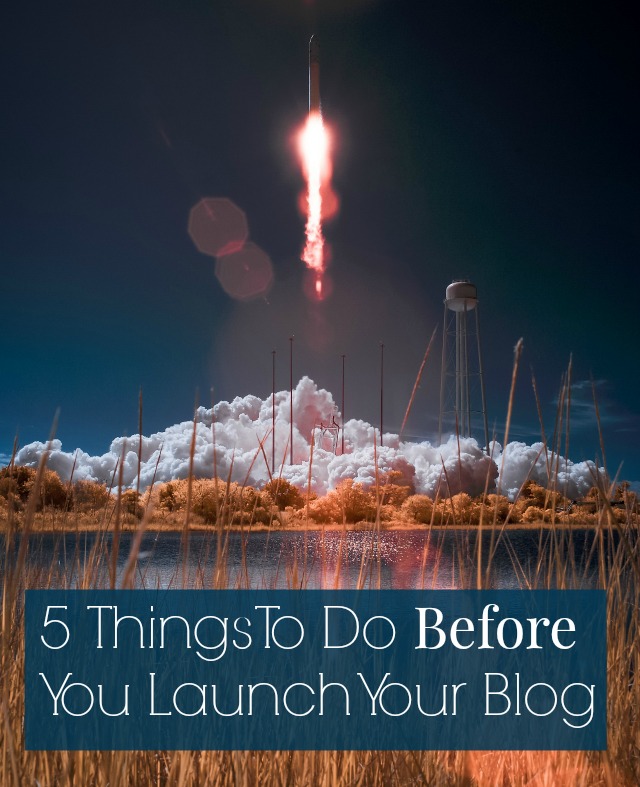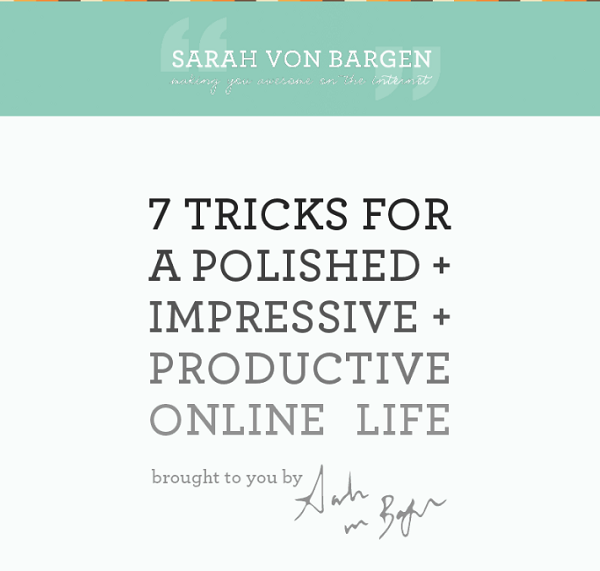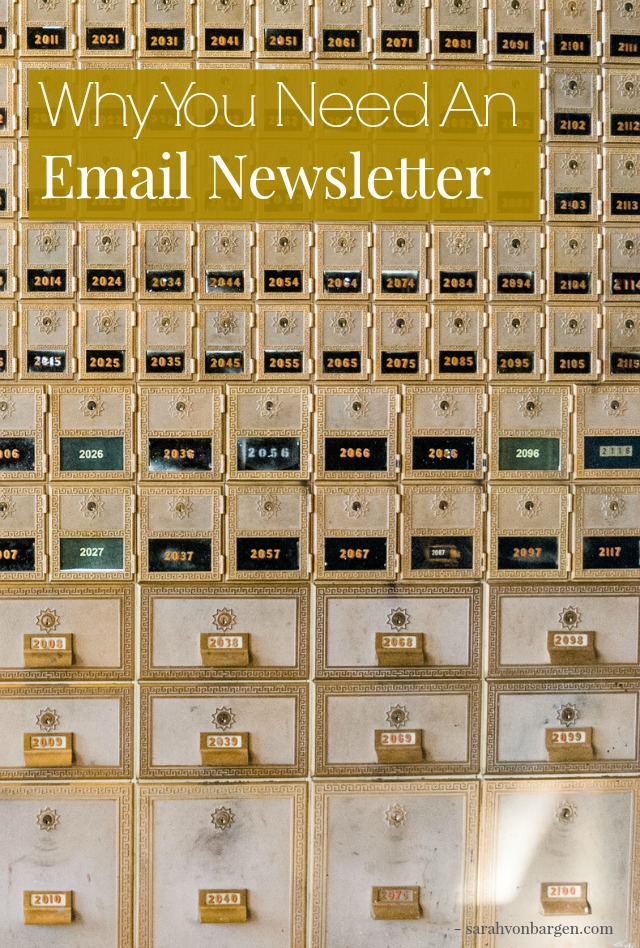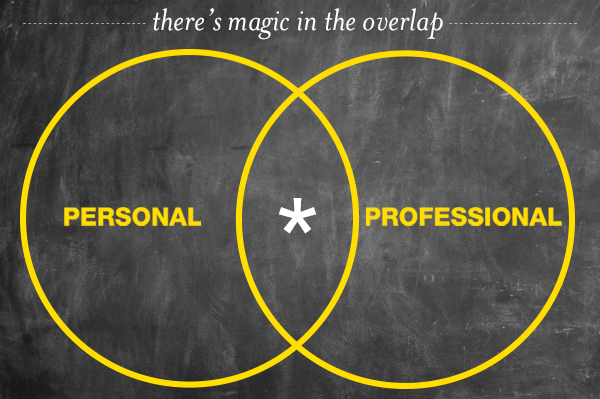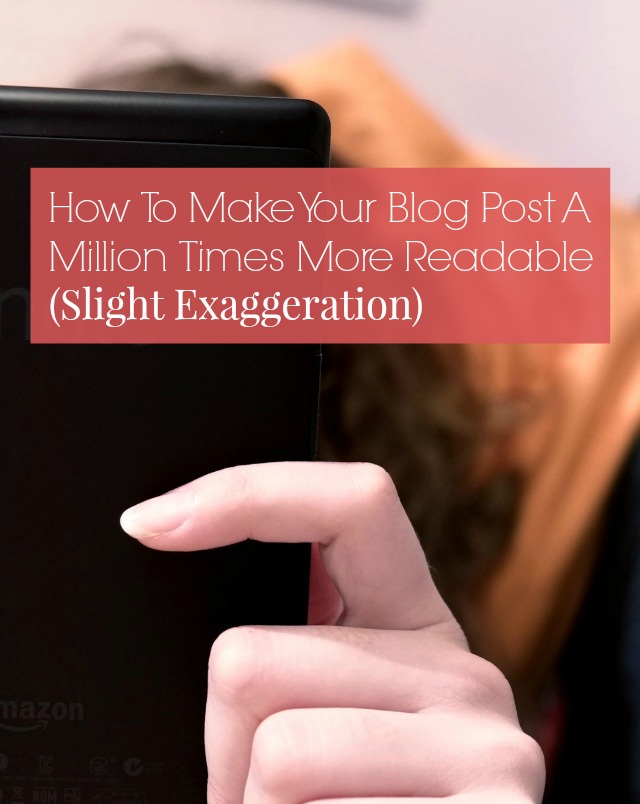Dear Sarah,
I am right now working on my own website and trying to cobble together a little freelance writing business. I was just wondering if you could speak to HOW YOU DO ALL THE THINGS? And HOW YOU DID ALL THOSE THINGS WHILE ALSO WORKING FULL-TIME? I frequently look over my To Do List and there’s like eleventy jillion things on it. I mean, writing that list is exhausting enough. And then DOING it? And THEN trying to get clients to find me, let alone HIRE ME?!
- Lauren
Oh, girl. I hear you. For those of you who don’t know, when I first started Yes and Yes, I worked full time as an ESL teacher. Back then I taught, blogged seven days a week, and took freelance clients. Now I ‘just’ blog seven days a week and take freelance clients. It’s way easier. Here are some of the things I’ve learned along the way.
Write less, promote more
I blog seven days a week because I have So Many Things To Talk About, but you totally don’t need to! Set an editorial calendar (Tuesday and Thursdays at 6 am, for example) and stick to it. Write two great blog posts each week and then promote the sweet bejesus out of them. Because of the way we use Twitter, it’s possible to tweet about something three times a day for four days without anyone really noticing or getting annoyed. But! Make sure you’re writing different tweets each time. This will keep your Twitter stream fresh and will attract different readers.
Stop writing everything on your blog yourself
On Yes and Yes, I have four post series that I don’t write myself - True Story interviews, Real Life Style Icons, Mini Travel Guides, and the occasional guest post. And on this blog, I also host guest posts and will start doing interviews soon. These posts cross pollinate my readers with my guest posters’ readers, bring in fresh content, and save me tons and tons of time.
Also! If you write a blog post for someone else and it works with the content of your blog, re-post it on your blog a few months after they’ve used it as a guest post. Of course, include a little intro noting that it was originally a guest post for So-and-So and that your readers should really go check out their blog.
Schedule everything
Devote a few hours at the beginning of the month to scheduling. Write and schedule the blog posts for your own blog. Schedule client invoices. Use Hootsuite to schedule Twitter and Facebook updates. If your email host offers the option (mine does) schedule emails to clients. I love being able to schedule things months into the future and then forget about them. Life changing.
Create boundaries
If you live with roommates or have a partner, make sure they understand what you’re trying to accomplish with your freelance career. Don’t let them guilt trip you into a night out when you’ve got a deadline. Don’t tolerate any “You’re no fuuuuuunnn!” BS. Create a set of ‘collaboration guidelines’ for any on-going clients. Mine are: limit emails to 2 a day, no unscheduled phone calls, pay 100% up front till we’ve worked together for three months. Of course, make sure your client tells you how they work best as well, so you don’t seem like a terrible prima donna!
Get seriously productive
Make lists, use the Pomodoro technique, download Leechblock. Turn off your phone and gchat. If you remember an important task and it’ll take less than five minutes, just do it now. It’s worth freeing up that brain space so you can stop thinking “Oh, right! I have to remember to send a follow up email to that editor!”
Realize you’ll have to make sacrifices
Know that in order to make this happen, you’ll have to miss some parties. You might have to pull some all-nighters. Maybe you’ll have to give up your $5 coffees. For the first two years of Yes and Yes, I spent every lunch hour, every weekday, networking with other bloggers. That’s 45 minutes a day, 5 days a week, for 2 years. If my math is right, that’s 375 hours that I did NOT spend picnicing in the park or trying the good Thai place down the street. But now I get to picnic all I want!
Cut a few corners now and then
You’re going to be really busy getting your career going. That doesn’t mean you should drop out of the rest of your life, but it does mean you might have to cut some corners. Buy something at the deli to bring to the potluck, buy gift cards in bulk for Christmas, buy a case of wine so you won’t have to stop at the liquor store every time you’re invited to a dinner party. Resist the urge to drink all the wine yourself.
Remember that you have a life outside of work - and your work will probably suffer if you drop out of your life
As busy as you are, make time for your friends + family + partner. Get outside. Unplug. Go to art galleries and concerts and costume parties and stupid movies. If you don’t give yourself a chance to recharge, you won’t have any energy to take over the world.
How do you guys juggle it all? Any apps/platforms/techniques I’m missing?
P.S. Did you know that when you sign up for my newsletter and send me your URL, I’ll give your site a once over and send you three, specific-to-you suggestions to make your online space more polished, trafficked, and money-making?
original image (without text on top) by art photos diana, for sale here.




















